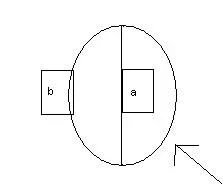KenpoIsIt is a 4th Black under Mr. Sepulveda (and I think that has been his only instructor), so probably has more knowledge about this blocking thing as he was taught by The Professor (not his rank, but a designation frequently and fondly used by his senior students with no disrespect for his actual rank.) I am curious in that I had read before about Mr. Sepulveda's "guys" doing inward blocks different? I did not get it then and I don't now. He may be a good resource to clarify this?
When I did techniques with them, I noticed no difference from Mr. Parker's, Huk's, Tom Kelly Sr., Sigung LaBounty's, etc. , inward blocks.
I don't doubt you saw/felt something different, but the closest I could come up with was they were trying to execute the block in order to feed their next action, and that was not really answered.
This has generated a good conversation regarding Mr. Pick's student's interpretation and TOD's, so I am not trying to cut it off, but seek clarification. I have been in several or five seminars with Mike Pick, since the mid-80's, but it has been a while. I do not remember the Inward Block being "different", but as I said, any Senior ... including and especially, Mr. Parker, could modify the point of contact, the width of the block, the angle of incidence, etc., to feed, redirect, reorbit, supress, etc.
Talk a little more about the context for Mr. Sepulveda's student doing it differently, i.e. was it in the context of a class on basics, sophisticated basics, techniques, variable expansion, grafting, etc.?
Thanks,
-Michael


